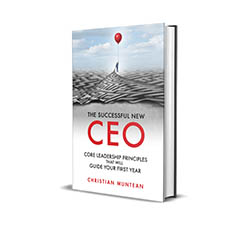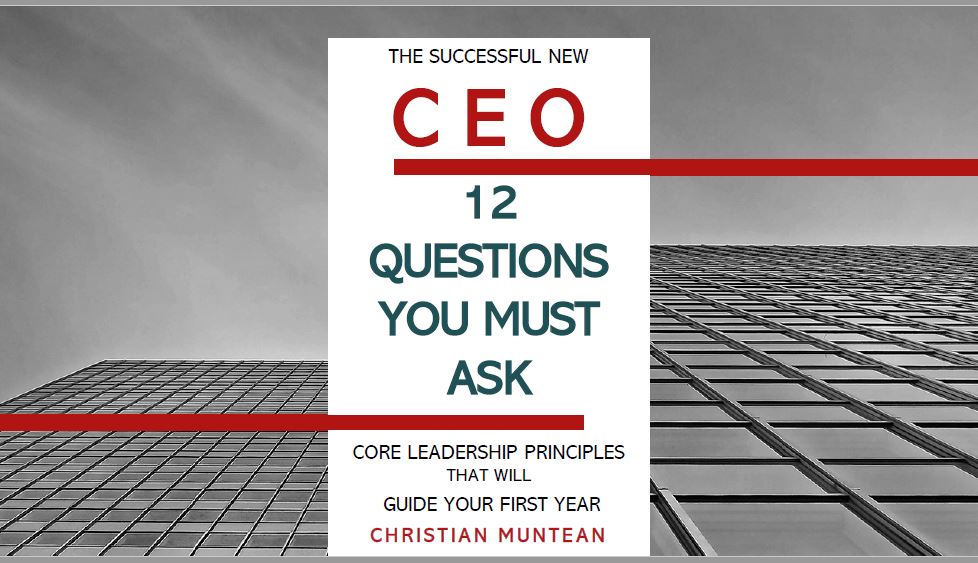Four BEST Recovery Tips from Pro-Athletes and High-Performing Leaders

Want better results? Put in more effort.
Well, is that how things actually work?
Consider athletes. Your average athlete would prefer to train harder rather than rest, do mobility drills, sit in an ice bath, or get enough sleep. But the body can only train so much. Then it plateaus or breaks down.
Training (stress) is the stimulus for growth (physical adaptations). But that growth occurs during times of recovery. Not during times of effort.
Getting good at recovery is a discipline and a skill. However, like athletes, many leaders equate more effort with more results.
How do you back off while Maintaining Momentum?
Increase your gains by getting better at recovery. By incorporating recovery your leadership you will lead more effectively, protect you and your team from burnout, unforced errors, and diminished returns, and promote a robust culture of recovery and care within your team, with the goals of improved well-being and performance.
There are four key athletic concepts of recovery – Mobility, Stretching, Rest, and Healing. Leaders benefit from adopting versions of these into their leadership practices.
MOBILITY
Mobility is the ability to move a joint freely and easily, through its full range of motion, without discomfort or pain.
For leaders, how well or easily do you move through your “full range of motion?” Are there leadership behaviors or priorities that feel limited to you? Or rough? Or painful? For example, how comfortable are you fully engaging in the core leadership strengths:
- Inspiring a shared sense of vision?
- Encourage the members of your team?
- Enabling others to act?
- Being a role model to others?
- Challenging processes or behaviors when needed?
Is there one or more that don’t feel as comfortable for you? Perhaps you feel that there is a limitation or block of some kind?
It’s worthwhile to take a periodic scan and explore where you feel impinged or limited. I encourage you to explore your options for expanding your mobility.
STRETCHING
Stretching is a process where we teach a muscle or muscle group to ‘unclench’ and let go. A major reason that muscles get tight is that our body believes that a particular movement is unsafe. This may be due to underuse, overuse, or injury. The muscle tightens to limit movement and prevent damage.
This is a helpful “risk mitigation” default setting for our bodies. But our body usually errs on the side of caution and isn’t always right. So, we stretch.
This is also true for leaders. There are habits, challenges, and practices that due to underuse, overuse, or an ‘injury’ of some sort – we (or our teams) perceive them unsafe. Examples:
– Entrepreneurs who start out with high-risk tolerances achieve success and stop taking risks.
– Policies become over-restrictive because of a damaging or embarrassing incident in the past.
– Appropriate confrontation and candor are avoided.
– Unfamiliar, but helpful, workplace practices or habits are tried and then discarded because they feel uncomfortable.
– Leaders micro-manage because they don’t know how to build systems of trust.
It’s important to pay attention to places where you or your team seem “tight”. In most cases, the tightness should signal a need to work on (stretch) that area. Not to avoid it.
REST
Good coaches plan a lot of rest for their athletes. Athletes will rest between sets and after training. Every week they’ll take a day or two off. Every two or three months they’ll take a week or so to downshift and rest. They will prioritize sleep.
It’s a lot of rest.
Physically stressing the body triggers the central nervous system to adapt and grow. But that growth occurs while you rest, primarily when you sleep. Not while you work out.
Rest is crucial for leaders. And in ways that are similar to athletes:
– Taking frequent breaks during the day
– Knowing when you’ve worked “enough” for the day and stopping
– Taking periodic breaks away from work – vacations, sabbaticals, etc.
– Cross-training with something “light” such as attending a conference or connecting with peers or team retreats.
– Sleeping well at night
Burnout and chronic stress lead to physical and mental health issues. This ultimately affects team performance and morale. By prioritizing rest, leaders can help prevent burnout and ensure that they and their team are able to perform at their best.
HEALING
“Pain is just a feeling and feelings are meant to be ignored.”
I don’t know where I picked up this little saying. But it’s fun to say in front of my wife, the counselor. She doesn’t approve.
Athletes are pretty good at ignoring the pain.
As I write, I’m recovering from a severely dislocated finger. This occurred while practicing BJJ. The doctor put it back together, but it needs to heal. Which means I can’t practice, and I’ll miss a tournament coming up. I don’t like that.
Healing refers to the process of recovering from physical or emotional injuries. Athletes hate stopping to heal. As a result, many prolong their injuries or make them permanent.
Kind of like a lot of workplaces.
Life can bang people up. Our jobs can take a toll. It’s important to model the ability to recognize when you or your team may be injured. Getting macho and ignoring it is what institutionalizes dysfunction.
As a leader, it is important to create a supportive environment that promotes healing. As the saying goes, “Hurt people hurt people.”
That being said….
True healing is a restoration of strength and ability. It isn’t primarily about the cessation of discomfort. And like a lot of physical therapy, a healing process may not be comfortable.
The danger with healing is that some leaders, instead of focusing on recovery, do our “physical therapy” and build new strength cultivate and even encourage weakness.
It takes toughness to heal well. Healing well is not the same as establishing “safe rooms” in your office and providing coloring books for adults. Those are maladaptive approaches that normalize weakness and injury.
A healing culture is one where leaders are clear-eyed about injuries and make it a priority to restore themselves and their teams to full operating capacity.
Valuing Recovery as Leaders
Incorporate these concepts of mobility, stretching, rest, and healing into your leadership. You’ll lead better with less effort. Both you and your team will be happier for it.
Take good care,
Christian
𝗧𝗵𝗲 𝗕𝗲𝘀𝘁 𝗧𝗶𝗺𝗲 𝘁𝗼 𝗖𝗿𝗲𝗮𝘁𝗲 𝗔𝗻 𝗘𝗺𝗲𝗿𝗴𝗲𝗻𝗰𝘆 𝗦𝘂𝗰𝗰𝗲𝘀𝘀𝗶𝗼𝗻 𝗣𝗹𝗮𝗻 𝗶𝘀 𝘽𝙚𝙛𝙤𝙧𝙚 𝗬𝗼𝘂 𝗡𝗲𝗲𝗱 𝗜𝘁.
Be prepared for a smooth transition in the event of an unplanned emergency succession. My guide will show you step-by-step how to devise your own plan.
Free Leadership Resources
Whether you are a new CEO, thinking of succession or exit, or wanting to strengthen your leadership and your team, I’ve got resources to help:
Enhancing your leadership skills
Are you interested in learning more about becoming a successful CEO? If so, get a free copy of my book The Successful New CEO. Not a new CEO? I’ve been told by “old hands” that they felt any CEO should read this. So, click here to get your copy today.
by “old hands” that they felt any CEO should read this. So, click here to get your copy today.
There are 𝟭𝟮 𝗰𝗿𝗶𝘁𝗶𝗰𝗮𝗹 𝗾𝘂𝗲𝘀𝘁𝗶𝗼𝗻𝘀 to ask before accepting a new CEO position. Do you know what they are? Instantly download my free e-book here.
Let’s connect.
I’m passionate about helping leaders to create workplaces they love going to and increasing the value of the services they offer. My results-oriented approach is tailored to each client’s specific situation and needs. As a leadership coach, I have developed a wealth of resources to help you and your team grow and become stronger.
Weekly Newsletter – sign up to receive my weekly articles addressing critical leadership challenges and issues.
The Leadership Coach Podcast – In my podcast, we explore effective, high-impact, and enjoyable leadership. Subscribe.
Contact me here.[/vc_column_text][/vc_column][/vc_row]
Article Categories
Popular articles

Download my free 10-page eBook:
How To Accomplish More Without Doing More:
Eight Proven Strategies To Change Your Life
Discover how to save eight hours during your workweek-even if you're too busy to even think about it. The resource every maxed out executive needs.
